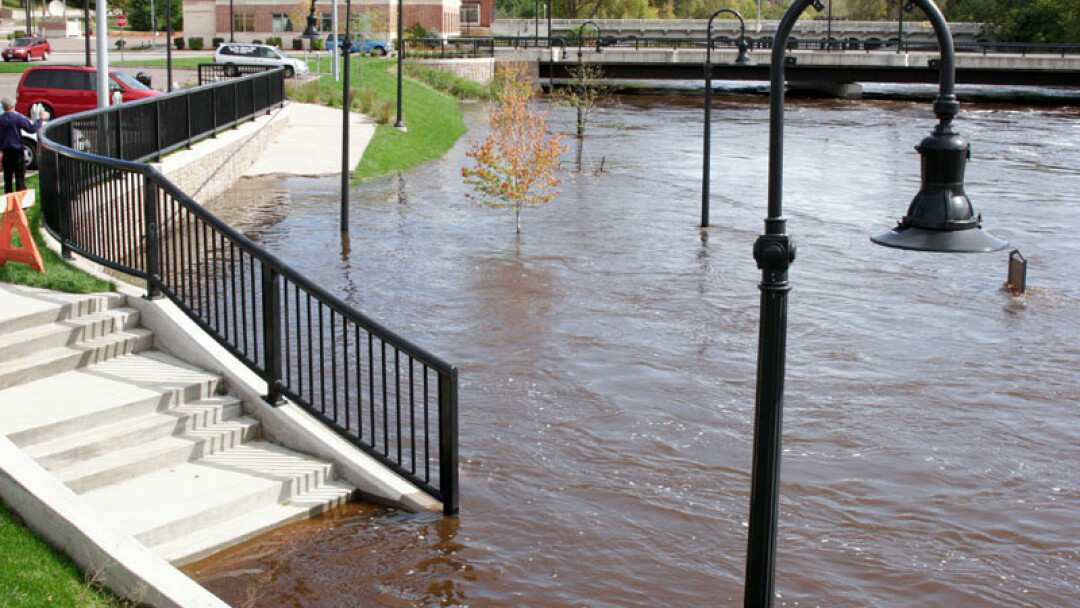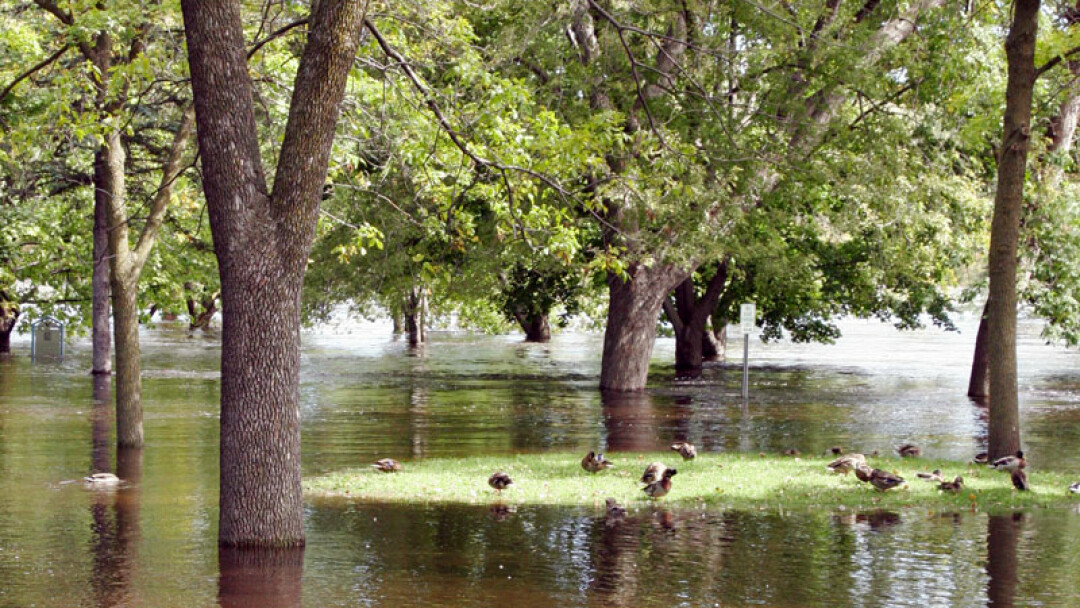Plain & Clear
how the flood plain affects development

When developing a riverfront, “there’s no hard and fast rules on setbacks, but the flood plain is a major issue,” said Dave Pericak, aquatic habitat coordinator for the DNR. Many areas along our riverfront are in the flood plain, meaning in a 100-year flood event (like the one in fall of 2010), that area is going to be in some significant water. And while that likely won’t stop public developments, it can be an issue for the private sector.
“Park-related amenities are allowed in flood plains,” he said. And if you saw Phoenix Park or Owen Park during that fall flood a couple years ago, you already knew that. So the flood plain, thankfully, shouldn’t stop things like river walks, overlooks, green spaces, or access points to the river.


Steps can be taken to accommodate private developments in the flood plain, but it’s an extensive process involving moving in dirt, getting FEMA approval, getting the business in, moving the dirt back out, and promising to be above the flood plain. I’ll spare you the specific details – suffice it to say it’s complicated but can sometimes be done.
Other obstacles to keep in mind during riverfront redevelopment are: native vegetation, stormwater runoff, and water quality, all of which the DNR tries to preserve/enhance.




















